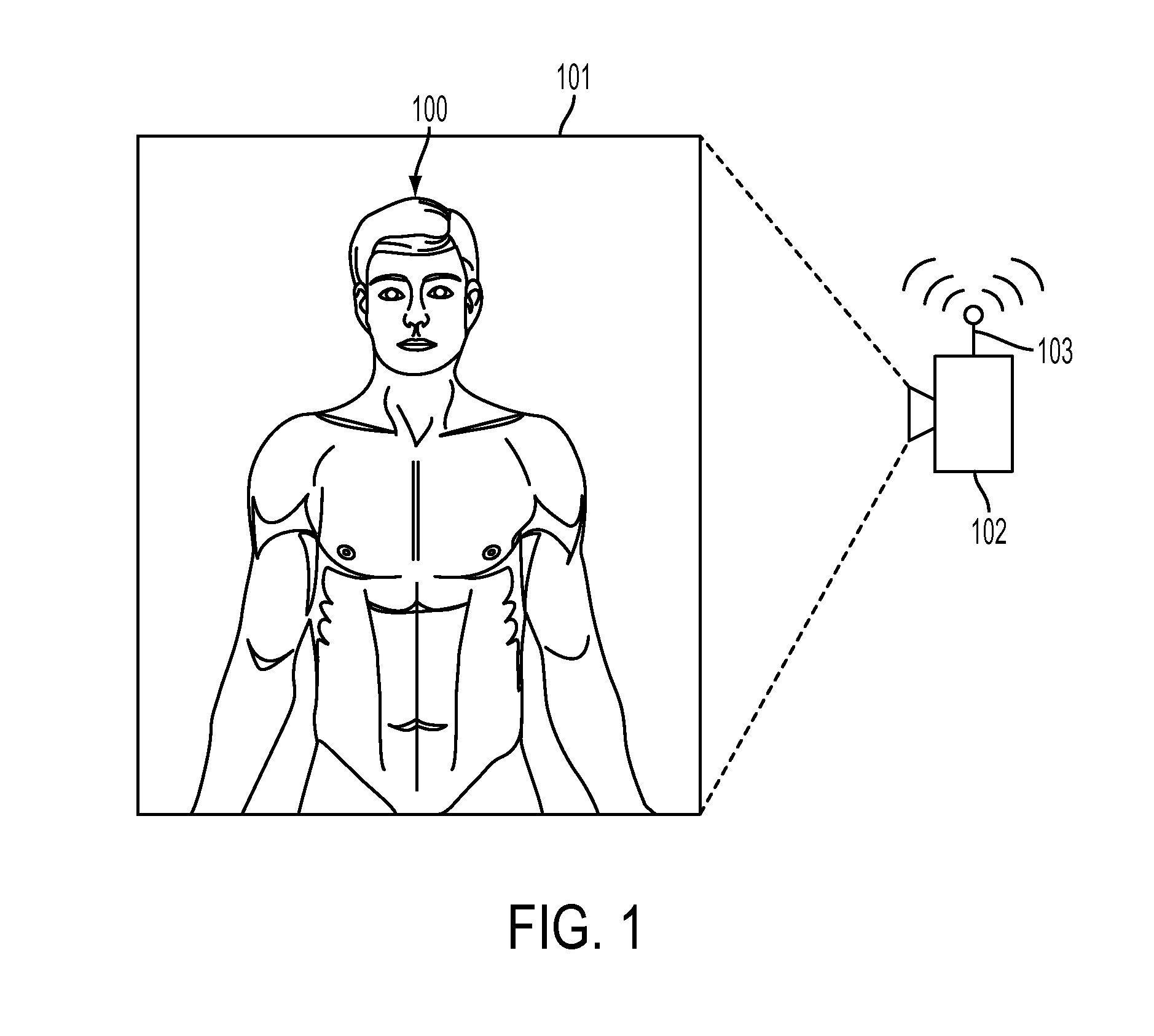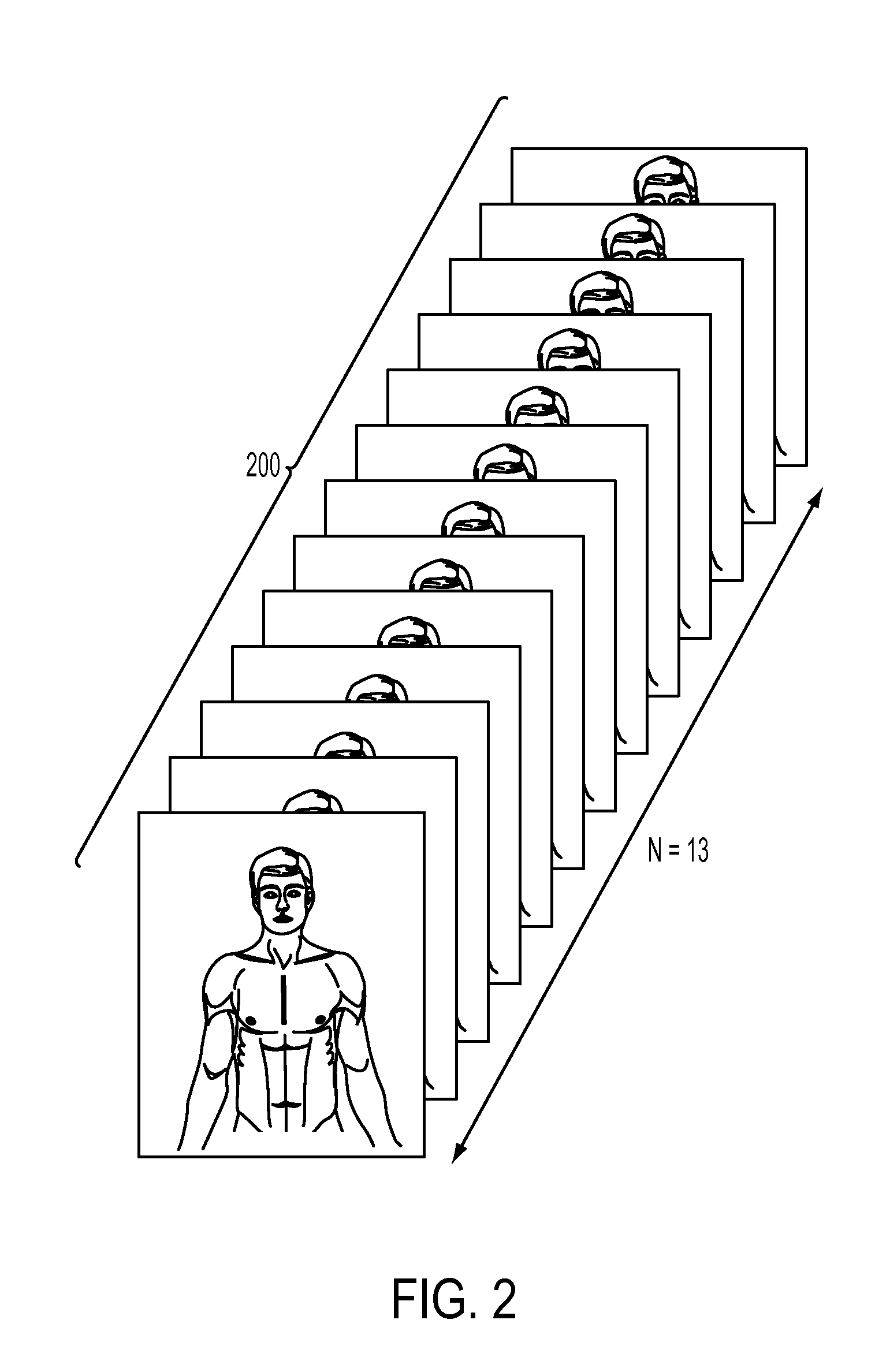Discriminating between atrial fibrillation and sinus rhythm in physiological signals obtained from video
- Summary
- Abstract
- Description
- Claims
- Application Information
AI Technical Summary
Benefits of technology
Problems solved by technology
Method used
Image
Examples
Embodiment Construction
[0044]What is disclosed is a system and method for processing video of a subject such that a determination can be made whether that subject is in atrial fibrillation.
NON-LIMITING DEFINITIONS
[0045]“Atrial fibrillation” (AF or A-fib), is one of the most common cardiac arrhythmias. In AF, the normal regular electrical impulses generated by the sinoatrial node are overwhelmed by disorganized electrical impulses usually originating in the roots of the pulmonary veins, leading to irregular conduction of impulses to the ventricles which generate the heartbeat. AF increases the risk of stroke. The degree of stroke risk can be up to seven times that of the average population depending on the presence of additional risk factors such as high blood pressure. Around 15% of ischemic strokes are directly attributed to emboli in the setting of AF. Nearly 25% of additional ischemic strokes in which no cause can be identified may also be due to asymptomatic AF. A substantial percentage of patients wi...
PUM
 Login to View More
Login to View More Abstract
Description
Claims
Application Information
 Login to View More
Login to View More - R&D
- Intellectual Property
- Life Sciences
- Materials
- Tech Scout
- Unparalleled Data Quality
- Higher Quality Content
- 60% Fewer Hallucinations
Browse by: Latest US Patents, China's latest patents, Technical Efficacy Thesaurus, Application Domain, Technology Topic, Popular Technical Reports.
© 2025 PatSnap. All rights reserved.Legal|Privacy policy|Modern Slavery Act Transparency Statement|Sitemap|About US| Contact US: help@patsnap.com



